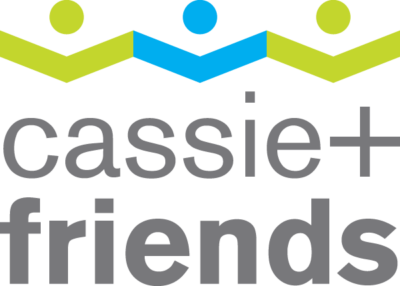
working together towards a better understanding of the burdens of juvenile idiopathic arthritis
What is the PAVE research project?
The PAVE research project is a multinational and interdisciplinary collection of research currently underway that will include six research teams from different countries: Canada, Germany, Switzerland, Spain, Israel, and Belgium! PAVE stands for Producing an Arthritis Value-Framework with Economic Evidence – Paving the way for rare childhood disease. The study came about to answer a call from the World Economic Forum in 2020 to perform a study on rare diseases that involved sharing and blending relevant data between countries. It will be one of the first patient-generated value frameworks to model the lived experiences of the socioeconomic burden of living with a rare disease and provide solutions that may be used for other rare and common diseases worldwide!
Each country is performing its own research on what they have deemed unmet socioeconomic needs for the JIA community, which will then be brought together to make a final report to better the care for individuals living with JIA. This will be achieved by combining the data to create a framework to better understand life and the burdens of JIA and will encourage policy change. The project has emphasized that knowledge from different professions, backgrounds, and perspectives be included in the research. Because of this, the research team has also contacted patient organizations such as Cassie and Friends to take an active role in the study!
Project Goals:
- Uncover hidden socioeconomic burdens of living with Juvenile Arthritis
- Produce data-informed calls to action to improve the lives of kids and families
- International collaboration in the Juvenile Arthritis community worldwide
What will PAVE try to achieve?
The PAVE team has been formed to address previously unmet and/or poorly understood barriers and burdens for individuals with JIA and their caregivers. The research was developed in response to the realization that the socioeconomic burdens of life with JIA or as a caregiver of someone with JIA must be better researched and documented to better assist their needs. Such burdens include the out-of-pocket costs of medicine, caregivers taking time off work, the individual struggling with school and finding a job, and other possible scenarios.
Each of the six countries listed before has its own research that they are conducting to better understand these burdens. The Canadian team will collect these individual studies and create a framework based on the findings to capture and measure these burdens and develop solutions. The research will reveal the burdens and standardize conversations and approaches to dealing with these burdens. These collaborative partnerships among different disciplines and organizations will lead to more valuable and meaningful research for people with JIA and their caregivers that can more easily be spread and used by those who benefit most from it. This innovative approach will utilize a diverse network of stakeholders and the perspectives of those with lived experiences to better understand these unmet needs and the inequalities and societal impact they bring.
The framework developed from the study is important because it will apply the findings to enhance the understanding of JIA’s impact and give insight into solutions. The data from this research will then have a unique ability to inform policies and make suggestions for resource distribution. A central goal of the project is to implement the perspectives and preferences of the patients into healthcare decision-making!
Why is it important to the Cassie + Friends community?
Cassie + Friends and two other patient advocacy organizations from other countries have joined this research team to work alongside the researchers, acting as active research partners and enforcing the need for the individual’s and caregiver’s voices to be the framework’s focus! The partnered organizations play many different roles depending on which of the three you are talking about: setting up research programs and reviewing the data, recruiting patients, and utilizing and sharing results. These patient organizations will be essential with their direct involvement and co-leading in several parts of the research. In addition, Cassie and Friends will lead the coordination of partnered organizations meetings and sharing information involving the study between organizations and their communities. Finally, a central role of the partnered organizations will be to assist with knowledge translation of the study, ensuring that the research and findings do not just stay with the researcher but are implemented into the community!
What to expect!
Because of the research’s devotion to the involvement of the patient advocacy organizations partnered in the work, such as Cassie + Friends, the C+F community can expect to see early information and to be involved in the research! This will ensure that patients and caregivers play a role in this project’s education, involvement, and empowerment, as these are the people who will give insight into the experienced inequalities and give a more holistic understanding to guide the strategies at the end of the project.
Stay tuned for the next exciting steps in this project!





